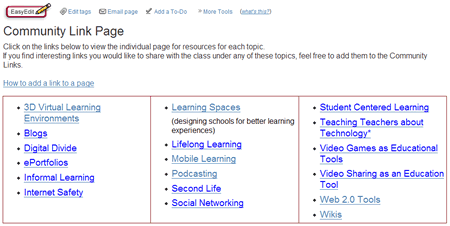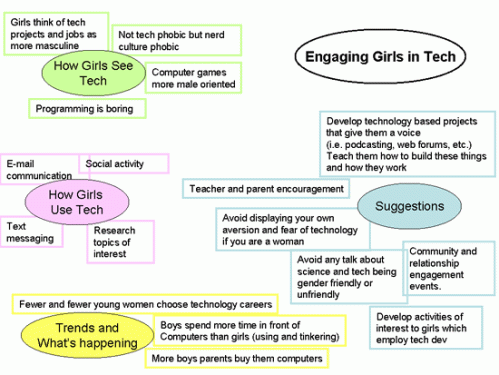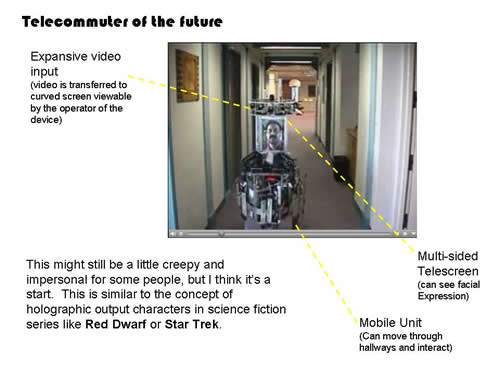21st Century advice: Freedom of Speech at Work Requires Partnership from Both Ends
I have been sitting on this blog post for some time now. And now with the summer coming to the end, I finally find some time to finish it. After working in training and development for over 15 years, I’ve been exposed to a lot of leadership development programs. And some programs really emphasize the importance of an open door policy, but it’s not always possible to exercise it without willingness and buy in on the part of leadership. On the other hand, people who follow need to realize that the open door is a gift that should be used wisely.
Leaders should have a truly open door and be prepared to hear the good with the bad
One of my favorite stories from Japanese history is a simple story about listening and leadership…
One day while walking through his palace grounds with a retainer, the Shogun Tokugawa Ieyasu met a low level soldier from the ranks. The soldier had a comment to say on his regiment. When the man had finished and walked away, Ieyasu’s retainer commented with shock, “What a waste of time. How dare he address you on such a petty and insignificant manner.”
The Shogun remarked frankly:
“It took a great deal of courage for that man to approach me. If I did not listen to him, he might not ever do it again.”
Tokugawa Ieyasu – Japanese Shogun who helped unite feudal Japan
With the simple gesture of listening, Tokugawa sent a message to all of his followers low and high, that they could be heard. They could speak up (within reason, of course). The most practical reasoning for this was if he had no true visibility to the workings of his court, he would not be able to guide and manage them effectively. He was probably savvy enough to recognize that his ability to lead effectively could be impeded by courtiers seeking to pander to curry favor.
In hierarchical structures and cultures of leadership that are top down, a truly open dialogue is painfully difficult if not impossible.
Followers to Leaders: don’t treat us like we’re still in middle school. Encourage an open dialogue with us
When I taught middle school students, every year I encountered at least one student who would express their dissatisfaction with rules or my decisions as a teacher aloud. I met one or two who insisted that in expressing their dissent they were expressing their freedom of speech.
Engaging in this kind of argument with anyone let alone a young person who’s testing the boundaries around them can seem like a sticky wicket. I’ve met teachers who avoid giving their students choices simply because of this fact.
I get this sense from many people in leadership positions regardless of their level or profession that there is a hesitancy to allow people to speak freely because they fear the result of this freedom, namely disagreement and even expression of dislike and resentment. This is old school leadership that can be defined by that phrase: “It’s my way or the highway” or the “buck stops here.” In the age or rapid market changes due to technology this management mechanism is too slow and inefficient to allow for the innovation and change needed to keep up and excel the market demands. Collaborative leadership should replace the old school top down model.
21st Century Advice: Don’t fear an open dialogue with people at all levels. Embrace it.
However, if we operate with the fear that people will revolt if we give them too much lee-way in expressing their feelings and opinions, then we gain our ability to control and dictate but lose our ability to lead and influence. The first option allows us to have our own way, the second makes allows those we lead to become self-sufficient and make their own decisions or act freely and efficiently to achieve the whole organization’s goals.
Leaders to Followers: use the opportunity to speak to share the issues and work with constructive solutions to solve them
But there should still be implicit rules of partnership built in any dialogue between leadership and workers and the focus must really be upon collaboration to make the organization’s goals and mission possible.
21st Century Advice: Align yourself with your company’s mission and goals,
but also find where you bring value and express this.
For those of us who are exercising our “Freedom of Speech” with our leadership, it’s important to not only be fully appreciative of the opportunity to do so, it’s good to be mindful of how we’re framing our words.
- Are they thoughtful?
- Are they constructive?
- Are they forward thinking? Not focused on what happened or how things are with the past but defined by new possibilities for the future.
- How can we help drive achievement of the organizations success? How can we be an asset?
Additional Reading & Resources:
How traditional leadership structures can destroy creativity and innovation:
Ieyasu Tokugawa quotes:
http://www.brainyquote.com/quotes/authors/t/tokugawa_ieyasu.html
The Patience of Ieyasu Tokugawa:
http://hanofharmony.com/the-patience-of-tokugawa-ieyasu/








You must be logged in to post a comment.